The world is filled with captivating places, each with its unique story. Among these are the Seven Wonders of the World, creations of such grandeur that they inspire awe. Their beauty, architectural brilliance, and rich history deepen their allure. These wonders, often recounted and visually celebrated, continue to evoke admiration for their historical significance and magical designs. Each possesses its own charm, a distinctive narrative, and a specific location on the globe.
Let's delve into these remarkable sites.
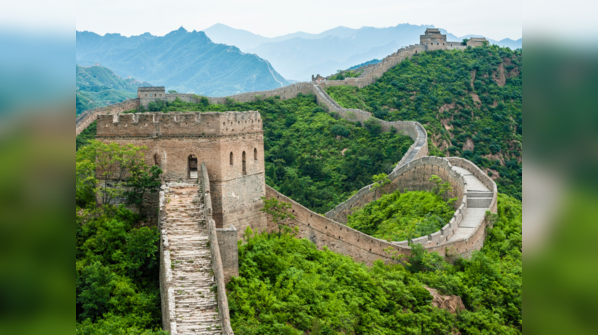
The Great Wall of China transcends the definition of a mere wall; it stands as a powerful symbol of human determination and ancient innovation. Extending over 21,000 kilometers, this extensive network of stone, brick, and compacted earth was erected without the aid of modern machinery. From the 7th century BCE to the 17th century CE, countless soldiers, laborers, peasants, and prisoners dedicated themselves to its construction. Although much of the existing structure dates back to the Ming Dynasty, the wall's centuries-long development remains one of the most enduring emblems of resilience and craftsmanship ever conceived.

Perched high in the Peruvian Andes, Machu Picchu is a breathtaking archaeological marvel. Often referred to as the "Lost City of the Incas," this 15th-century masterpiece captivates visitors with its stunning location, remarkable engineering, and mysterious atmosphere. Balanced on a narrow mountain ridge at 2,430 meters (approximately 7,970 feet), it is a spectacle that defies both time and gravity.
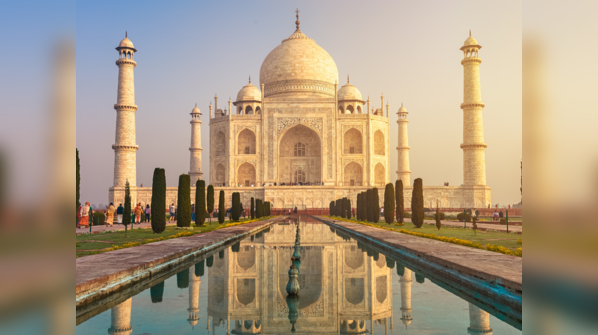
The Taj Mahal in Agra is globally recognized as an iconic symbol of eternal love. As one of the Seven Wonders of the World, this stunning white marble mausoleum has captured the hearts of poets, artists, and romantics for generations. Commissioned by Mughal emperor Shah Jahan in memory of his beloved wife Mumtaz Mahal, the Taj is often hailed as the crown jewel of India. Construction commenced around 1632 AD and was completed in 1648 AD. Beyond the main mausoleum, the complex includes a mosque, a guest house, and an imposing southern gateway, all meticulously arranged with exquisite symmetry, reflecting a sublime fusion of architecture, emotion, and craftsmanship.
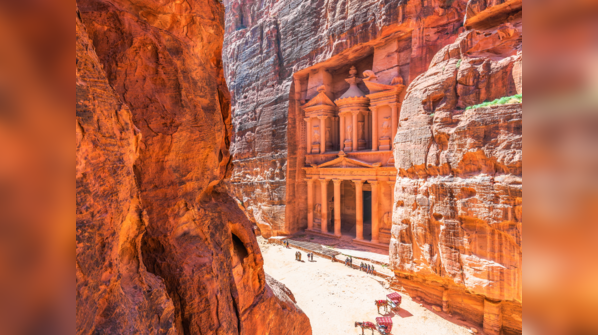
Hidden within Jordan's rugged landscape lies Petra, often known as the Rose City, a name derived from the vibrant red and pink hues of its sandstone cliffs. Renowned for its intricately carved rock facades and profound historical importance, Petra offers much more than just the iconic Treasury. This ancient city sprawls across a vast desert valley, showcasing monumental sites such as the Monastery, the Royal Tombs, and the Great Temple, along with numerous smaller dwellings and burial niches. Established as early as the 4th century BCE, Petra flourished as the capital of the Nabataean Kingdom, a prosperous Arab civilization that controlled crucial trade routes between Egypt and the Mediterranean.
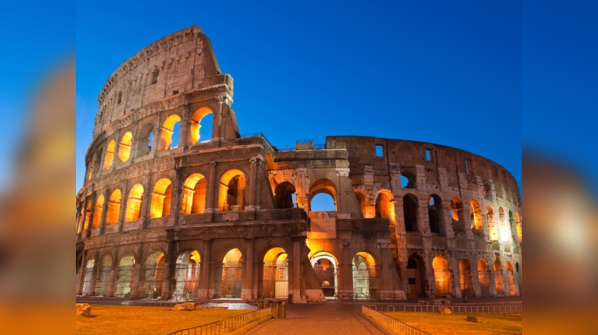
Few know that the Colosseum was originally named the Flavian Amphitheater. Dominating the heart of Rome, this ancient structure embodies Roman architectural brilliance and imperial power. Commissioned in 72 CE by Emperor Vespasian of the Flavian dynasty, it has witnessed nearly two millennia of history. Once the grand stage for Roman spectacles, from fierce gladiator battles to wild animal hunts, it served as the entertainment hub of the empire. Despite centuries of deterioration, the Colosseum continues to fascinate, attracting millions and preserving the legacy of Rome's dramatic past.
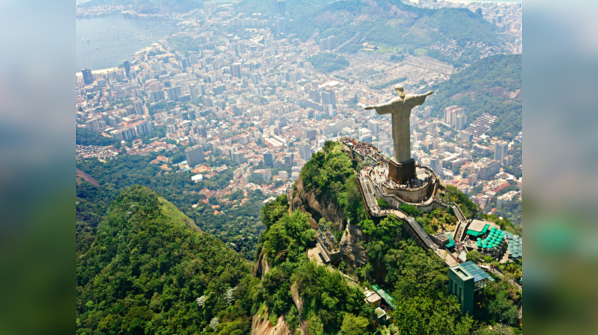
Perched high above Rio de Janeiro, with arms outstretched as if embracing the entire city, stands Christ the Redeemer (Cristo Redentor). Officially recognized as one of the New Seven Wonders of the World in 2007, the concept for the statue dates back to the mid-19th century, but it wasn’t until the 1920s that the plans truly materialized. More than just a religious icon, Christ the Redeemer is a symbol of hope and welcome, a universal gesture extended to visitors arriving in Rio. Today, millions flock to this site, drawn not only by its spiritual significance but also by the breathtaking panoramic views it offers from its base.
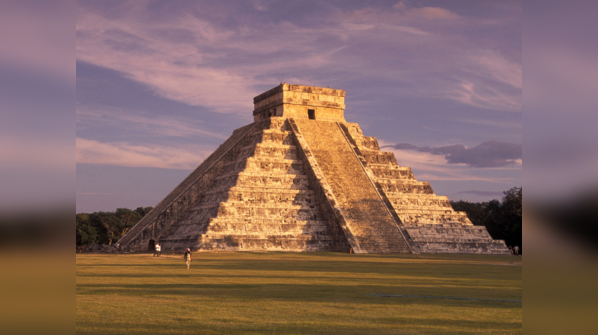
Chichen Itza is an ancient city where time itself seems to speak. Located on Mexico’s Yucatan Peninsula, it is surrounded by dense jungles and the secrets of the past. Founded around the 5th and 6th centuries, this city was once inhabited by people skilled in astronomy, mathematics, and architecture. A designated UNESCO World Heritage site, Chichen Itza is one of Mexico’s most visited landmarks. Although much of it now lies in ruins, the surviving structures offer a clear glimpse into the civilization that once thrived there.
Older articles
 Wimbledon 2025: Dates, Prize Money, and How to Watch Live in US & India
Wimbledon 2025: Dates, Prize Money, and How to Watch Live in US & India
 Praggnanandhaa Joins Carlsen's Team Liquid Ahead of Esports World Cup Showdown
Praggnanandhaa Joins Carlsen's Team Liquid Ahead of Esports World Cup Showdown
 Asia Cup 2025: ACC Eyes September Launch Amid Easing India-Pakistan Tensions
Asia Cup 2025: ACC Eyes September Launch Amid Easing India-Pakistan Tensions
 Smith Poised for Grenada Test Return After Finger Injury Recovery
Smith Poised for Grenada Test Return After Finger Injury Recovery
 Gujarat Cricket Association Set to Launch T20 Tournament in 2025-26 Season
Gujarat Cricket Association Set to Launch T20 Tournament in 2025-26 Season
 Prithvi Shaw Acknowledges Career Setbacks, Cites Distractions and Poor Choices
Prithvi Shaw Acknowledges Career Setbacks, Cites Distractions and Poor Choices
 Raducanu Shuts Down Alcaraz Romance Rumors, Confirms US Open Doubles Partnership
Raducanu Shuts Down Alcaraz Romance Rumors, Confirms US Open Doubles Partnership
 India vs. England 2025: Broad Warns England of Lethal Indian Pace Attack Ahead of Lord's Test
India vs. England 2025: Broad Warns England of Lethal Indian Pace Attack Ahead of Lord's Test
 Mandhana Makes History: First Indian Woman to Score Centuries in All Cricket Formats
Mandhana Makes History: First Indian Woman to Score Centuries in All Cricket Formats
 Pant's Fearless Batting Sparks Gilchrist Comparisons: Chappell's Honest Assessment of India Star's Twin Tons Against England
Pant's Fearless Batting Sparks Gilchrist Comparisons: Chappell's Honest Assessment of India Star's Twin Tons Against England